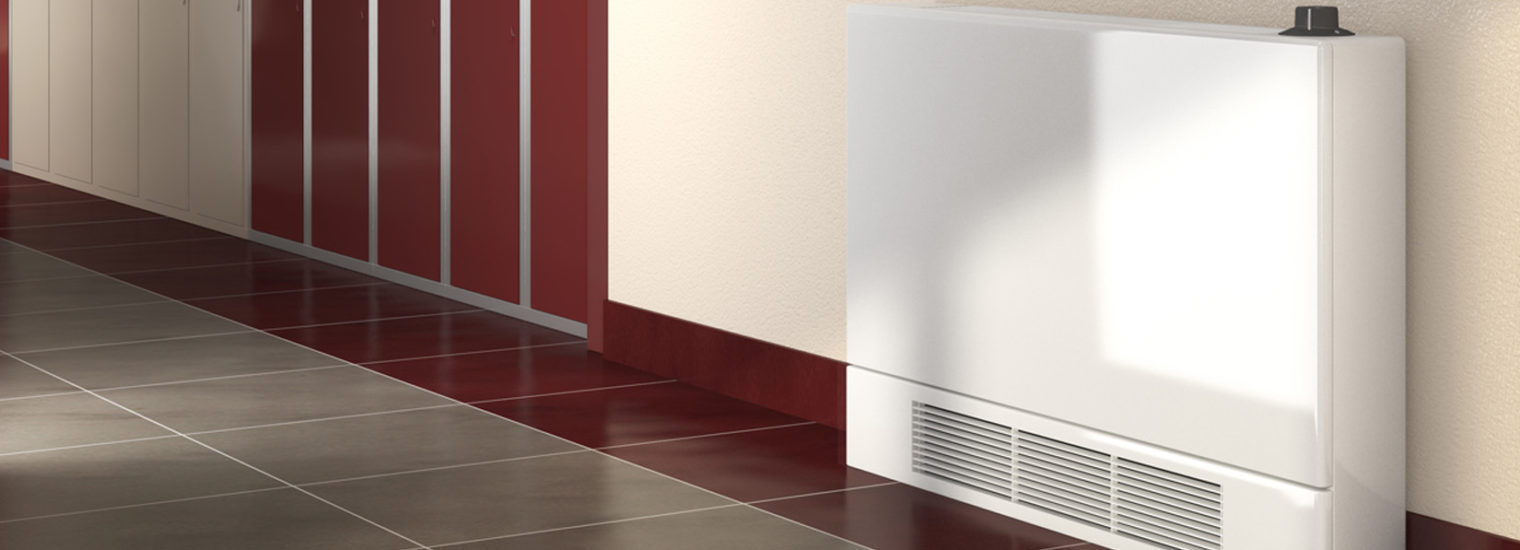It is fantastic to see that horror stories of vulnerable and elderly people suffering from horrific burns are quite rare. The main reason for the decrease in these types of horror stories is the introduction of low surface temperature radiators. This type of radiator is now being specified and installed in the appropriate environments where they are particularly needed. This includes commercial premises, public buildings, houses and homes. Low Surface Temperate radiators are ideal for any environment in which vulnerable people can suffer from burns from a high-temperature metal surface.
Upgrading Your Old Radiators
In an older property, you will most likely find that is it old radiators too that are providing the heating. If you are looking to replace radiators that are from before 2000, you can expect to receive many positive side effects.
Where Should Fit Low Surface Temperature Radiators?
There are many types of buildings where Low Surface Temperature radiators are an essential. This is normally due to the fact that there are many vulnerable people in the building who could easily burn themselves on a radiator. You will mostly find Low Surface Temperature radiators in nursing homes, care homes, hospitals, dental surgeries, schools, sheltered housing schemes and nurseries. Low Surface Temperature radiators will meet requirements laid down by the NHS. This NHS Guidance is for safe hot water and surface temperature. Within this guidance, radiators should always be below 43°C.
Water Temperature in Low Surface Temperature Radiators
So, why do Low Surface Temperature radiators stay below 43°C? Well, when water goes above this temperature, there is a high risk of burning from a dry surface. This means that, particularly for vulnerable people, children and the elderly, they can suffer from very bad burns as their reaction may not be quick enough. If the water temperature is sitting at 70°C, it takes less than a second to get partial thickness burns. Take this time up to 10 seconds and you can suffer from full thickness burns.
Installing Low Surface Temperature Radiators
As mentioned before, the maximum surface temperature should never be over 43°C. This temperature has been shown to be safe if someone fell onto it and could not move. This ensures that no harm would be done to their skin. Low Surface Temperature radiators are specifically designed in a way that is safe around vulnerable people and offers a cool touch solution to heating buildings.
There are a number of Low Surface Temperature radiator models on the market. For more information on these radiators, contact us today.

